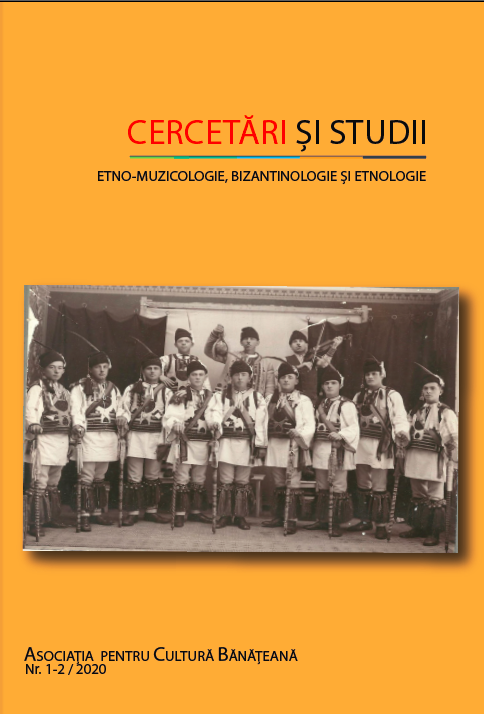Elemente de limbaj muzical în suita pentru pian „Impresii de la țară” Opus 6 de Marțian Negrea
Elements of musical language in the Piano Suite "Countryside impressions" Opus 6 by Marțian Negrea
Author(s): Evelin Andreea Belcea (Roman)Subject(s): Music
Published by: Editura Eurostampa
Keywords: folklore; harmonies; Marțian Negrea; piano; programmatic genre;
Summary/Abstract: Marțian Negrea (1893–1973) is an important representative of the Romanian school of composition in the first half of the 20th Century. His style of composition results from the synthesis of musical language elements from both universal and local folk music. He began his musical studies in Romania, in Sibiu, with Timotei Popovici, and later moved to Vienna, where he continued studying with Eusebie Mandicevschi and Franz Schmidt. During the Viennese period, Marțian Negrea had access to the tradition of classical and romantic music and came into direct contact with the new postromantic currents, Impressionism and Expressionism. The musical compositions of Marțian Negrea are manifold, within various musical genres and are characterized by a national - folkloric specificity. The source of his inspiration, and also the theme of many of his works, is the life of the Romanian village, with the picturesque and beauties of nature. In the piano suite Countryside Impressions, composed in 1921, we encounter elements of modal-diatonic language combined with tonal-chromatic ones. The melodic line is inspired by the Romanian folk song, but from an harmonical perspective we find influences of french musical impressionism. The six miniatures that create the piano suite – Prelude, Evening at the gate, Alunelul (a children dance), The spindle, Once upon a time, The dance of elves – are musical jewels, describing in the most suggestive manner the specifics of Romanian songs, combined with refined, delicate harmonies. The piano suite Countryside Impressions is rich in elements of musical language that create a picturesque sonorous universe. The contrast of tempo and character generates a balance, a succession and a natural evolution of the six miniatures. The whole piano suite is crossed by a narrative thread, evoking the composer's preference for the programmatic-descriptive genre.
Journal: CERCETĂRI ȘI STUDII. ETNO-MUZICOLOGIE, BIZANTINOLOGIE, ETNOLOGIE
- Issue Year: 1/2020
- Issue No: 1-2
- Page Range: 162-170
- Page Count: 9
- Language: Romanian

